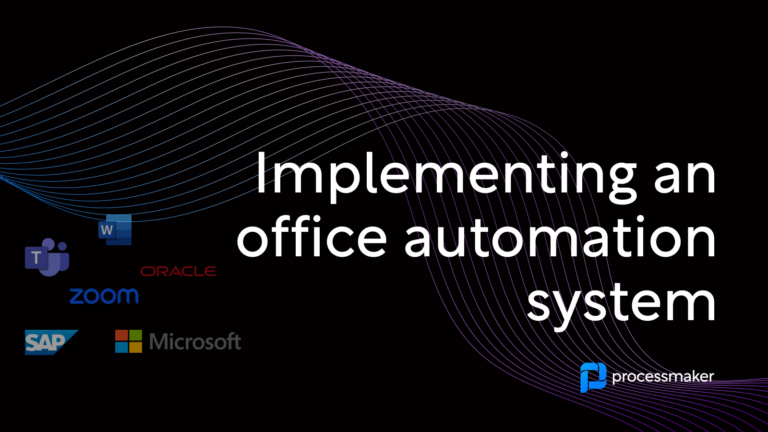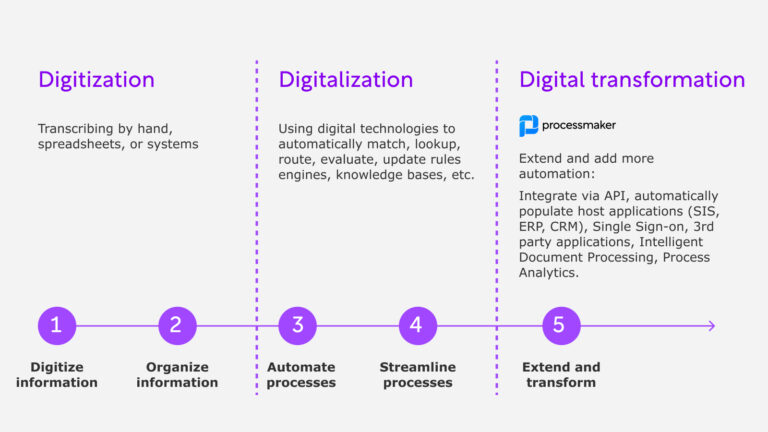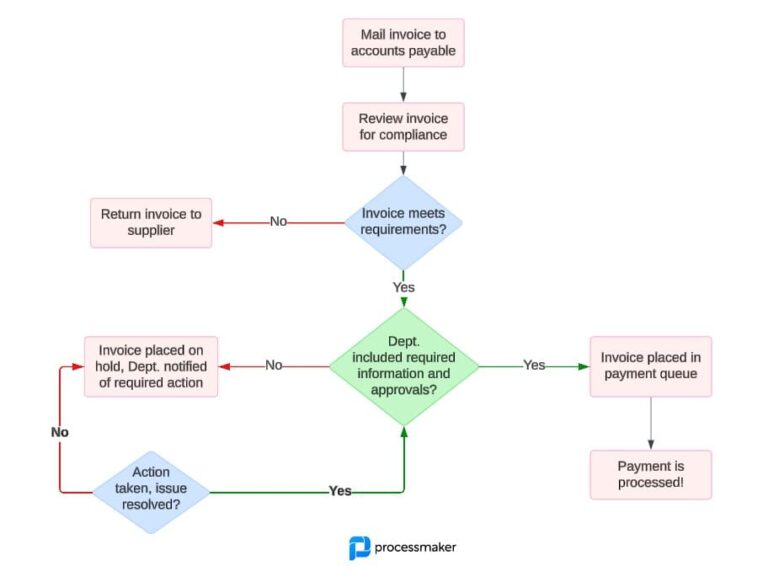Workflow software is one of the most saturated markets in SaaS. It’s also one of the most misunderstood.
From wacky acronyms to difficult-to-comprehend technology, choosing the right platform for your business means wading through competitors and different software types.
It’s a mission that requires significant research and a solid grasp of the market.
To help streamline your research, this article highlights key considerations that will empower your team to make an informed decision.
1. The simplest workflow solutions are integration-based
The most popular workflow solution in this category is Zapier. As an integration platform as a service (iPaaS), tools like Zapier connect with thousands of apps to automate simple processes.
Creating workflows in an iPaaS solution like Zapier is as technically demanding as logging into a few accounts and plugging in a few data points.
Due to its plug-and-play nature, Zapier and other iPaaS tools are a great solution for small businesses, entrepreneurs, and anyone looking to make certain tasks more convenient.
A customer service manager may use an iPaaS tool to automatically create spreadsheets containing links to call recordings. A freelancer or sales manager may use one to create folders based on hierarchy whenever new leads enter their CRM.
But tools like Zapier won’t fit the bill for most large or high-volume organizations. They may be easy to use, but building more complex, multi-step workflows can get messy—and you’ll have to figure it out on your own.
If your team has more sophisticated needs but prefers the idea of integration-based workflow software, you may want to investigate something like Mulesoft.
2. The most complex workflow solutions leverage AI
At the other end of the spectrum, advanced workflow software is capable of automating much more than simple data pulls.
Dubbed “intelligent” business process management software (iBPMs) by Gartner, these tools introduce artificial intelligence to take workflow solutions several steps further than the alternatives.
For high-volume organizations, this means connecting legacy systems to third-party software to enhance process automation. With machine learning and robotic process automation in place, organizations with complex infrastructures save a ton in operating costs by eliminating the need for human intervention and manual data analysis.
Take financial institutions for example. If a bank hopes to go global, it needs to do more than digitize its processes. It needs a robust solution that can streamline its branches and processes on one platform. It also needs intelligent workflow software to stay ahead of compliance changes.
If your organization is as large or complex as financial or healthcare institutions, there’s a good chance advanced workflow software—like iBPMs—is the most appropriate solution for the business.
3. More complexity brings more responsibility
The greatest strength of iBPMs might also be its biggest sticking point. Like most SaaS solutions, the more complex the product, the more difficult it is to figure out.
This is most pronounced with business process management software (BPM) that leverages AI, but it’s also worth considering when comparing low-code tools.
With most BPMs, you’ll need three to six months to participate in the buying cycle—as well as a team of qualified developers to establish and maintain operations.
With a low-code solution, you’ll need a qualified IT team to set things up before you can design, deploy, or automate custom processes.
On the other hand, low-complexity workflow software is comparatively easy to use but can become unwieldy when a business needs to carry out more advanced automation.
Here’s the bottom line: If you’re at a process-heavy organization—like healthcare, education, or banking—you’ll need something more sophisticated than an integration-based system.
4. The future of workflow software is flexible (and no-code)
When most decision-makers need to buy software, they focus on their immediate needs.
According to Gartner, product functionality drives consumer buying habits more than any other factor—including those that impact whether a customer will remain with a vendor for the long-term.
One such factor is flexibility. As a business and its processes inevitably change, the right workflow software is one that’s designed to meet the needs of your organization as is, and adaptable enough to evolve as the business does.
This is where low and no-code BPM software shines. While no-code solutions are currently the least available option on the market, Forrester predicts the no-code development market will grow to $21.2 billion by 2022 for good reason.
Their ability to combine robust workflow programming with user-friendly, drag-and-drop development environments empowers non-technical workers to build complex automation on their own.
Low-code solutions are the most common BPM option on the market and ultimately provide the same value to non-technical users as no-code software—the only difference is you’ll need IT to front load the initial development.





